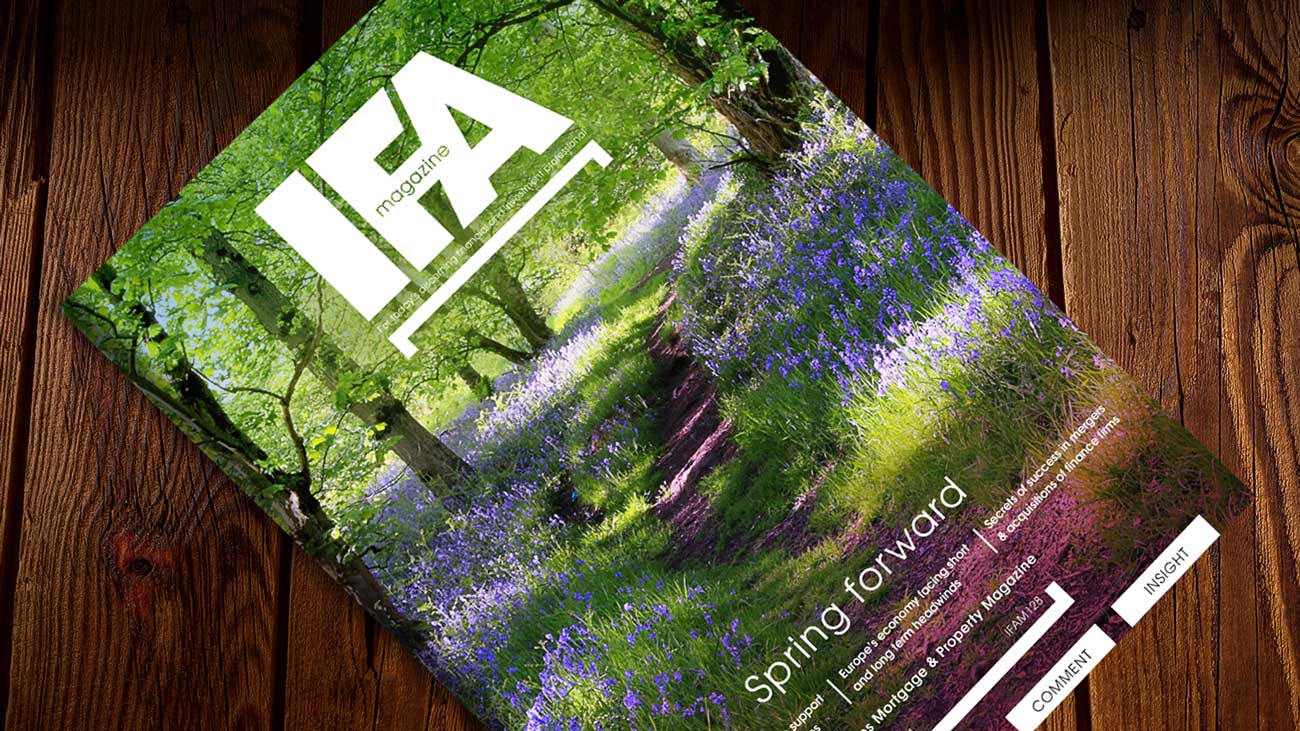After the All Party Parliamentary Group on Financial Resilience’s report called for an equivalent to automatic enrolment for the self-employed and a review of free childcare, Jon Greer, head of retirement policy at Quilter has commented.
He said: “The APPG’s report on people’s financial resilience during the pandemic highlights the lack of pension savings amongst the self-employed. This is a problem many were discussing long before any of us had heard of Covid-19, although a crisis serves to further expose the risks of under-saving. Recent ONS data show a concerning number of people feel ill-prepared for their futures as almost a third said they did not expect to have any pension provision beyond the state pension when they retire.
“The APPG rightly calls out the success of auto-enrolment and the obvious practical issue of lack of an employer to act as facilitator for the self-employed. The prospect of utilising the annual tax return provides the clearest opportunity to get more self-employed people saving in pensions. However, it may be presumptuous to assume the inertia which has made auto-enrolment so successful extends to the entire self-employed population.
“Overlaying the automatic enrolment framework will be unpalatable for some and could breed further disaffection amongst segments of the self-employed who value personal autonomy highly. For many small business owners, managing volatility in income is the biggest challenge. Life in self-employment moves with the market people operate in, which means they tend to favour certain products that do not lock away their money as pensions do.
“One potential solution raised by the APPG is the ‘sidecar’ model for self-employed pensions which aims to create an optimal level of liquid savings, while maximising long-term savings by contributions being paid into a combined account structure initially distributed between a liquid account and another which is the pension account.
“Once funds reach a certain level in the liquid account, then all contributions would be paid into the pension account. While this has merit and some trials of ‘sidecar’ have taken place over the years, we need to work to better understand the self-employed to ensure they have a stronger chance of financial security in later life and adjust our efforts as an industry based on this.
“Given the cost-of-living crisis is hitting lower and middle income households, the APPG’s recommendation that a review of the 15 and 30 hour marks of free childcare support be carried out is sensible. The government could also provide quick relief by simply raising the High Income Child Benefit threshold to £50,271 – the rate at which someone becomes a higher rate taxpayer. The UK tax system is already complicated and failing to have the HICB charge aligned with income tax bands just makes things even more complex and is taxation by stealth.”
In addition, Pete Glancy, Head of Policy at Scottish Widows, comments:
“The new report published today by the APPG on Financial Resilience, and the consequent recommendations, present a positive step forward in building momentum for a solid long-term savings strategy from the government.
“As the cost-of-living crisis is undoubtedly having a detrimental impact on people’s finances, there has never been a better time for the government to open up discussions on this subject and engage with the wider industry to boost financial literacy and increase access to financial advice.
“Our 2022 Retirement Report found that the self-employed appear no worse off than average in the current economic crisis, but that they continue to face substantial inequalities in their use of pensions. More than a third (36%) of self-employed are not currently saving for retirement – that’s equivalent to about 1.2 million people in the UK aged 30-64 years old.
“To combat this, the DWP should push ahead with work to understand how the self-employed could be better engaged and a new ecosystem constructed to ensure that they have the same opportunity to save for retirement as employed people.
“Record-breaking inflation does not just threaten peoples’ ability to save, it can also severely reduce the value of the savings they already have if they are not invested appropriately. The last time inflation was at 10% was in 1982. Interest rates ran at around 12% that year, meaning that risk free returns in the order of 2% were still achievable despite high inflation. With interest rates today at just 1.25%, the spending power of savings held in cash will be reducing at a rate of almost 9% per annum until inflation is brought under control.”

















